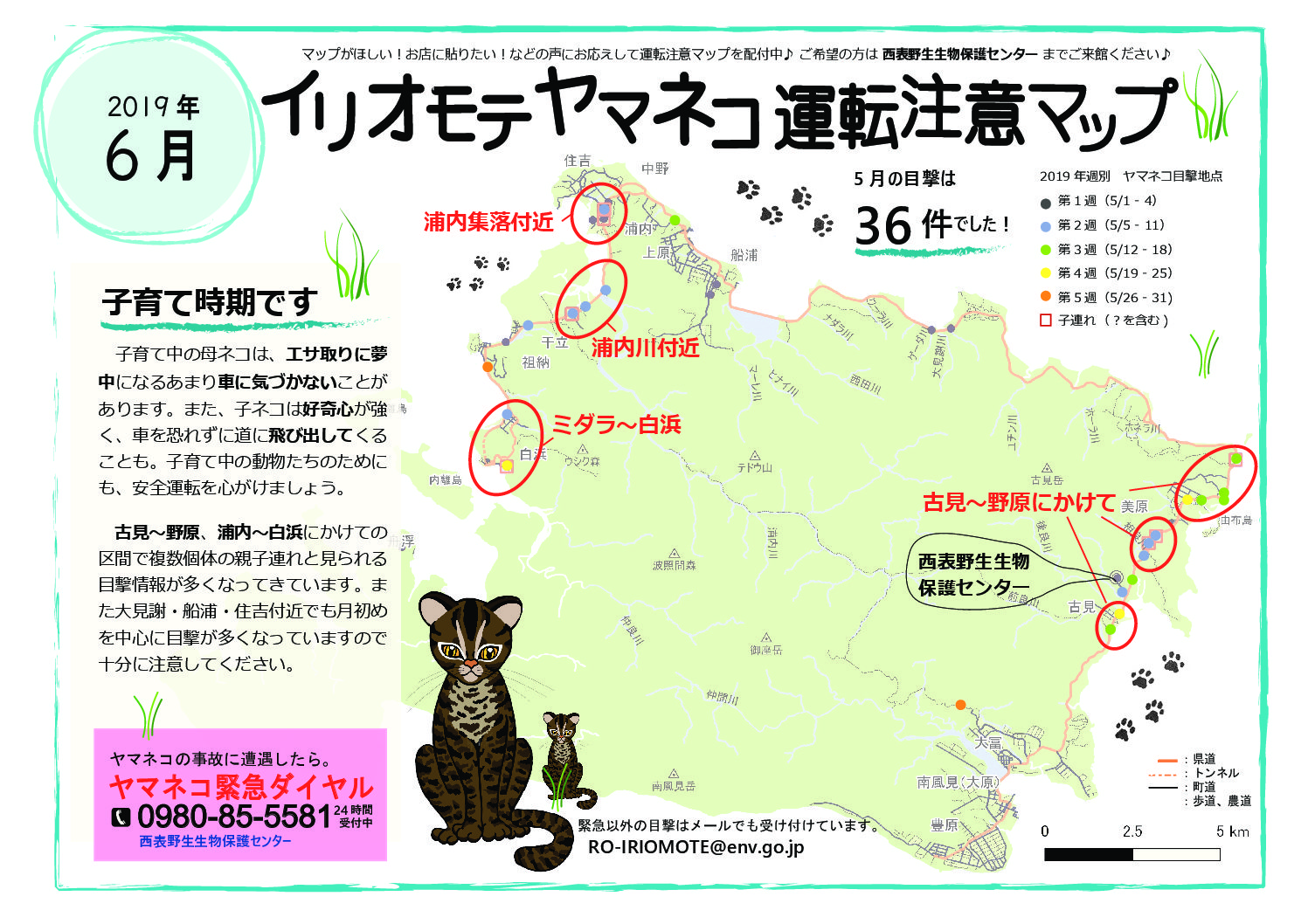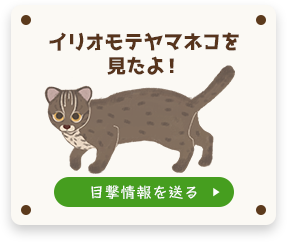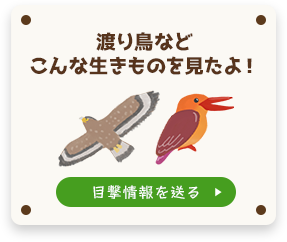Initiative 1: Research
In order to protect the Iriomote cat effectively, we need to know the current state of the wildcat population. For this purpose, we monitor them using an automated video recording device and collect sighting information. Also, in cooperation with universities and other research institutes, we conduct clinical examinations of captured wildcats and carry out behavioral surveys using radio transmitters. The Forestry Agency also conducts wildcat-monitoring projects (such as track-and-sign surveys) and closely shares information with us.

Automatic-recording survey

Track-and-sign survey

Collection of sighting information

Iriomote-cat viewing event
Initiative 2: Co-existing with Iriomote Cats
Since the habitats of Iriomote cats are often adjacent to human living areas, the challenge for people is to live and behave in such a way as to allow the wildcats to continue to survive. In addition to exploring scientific methods to foster coexistence, it is important to promote a responsible attitude towards wildlife and the ecosystem. We hope to gradually step up these efforts.
Initiative 3: Road-accident Prevention
On Iriomote Island, many underpasses have been built to allow animals to cross under roads to avoid road accidents involving wild animals. Zebra-pattern rumble strips and road signs are also installed in places where wildcats are often spotted. Roadside rainwater gutters are wide and slanted so that small creatures can climb out of the gutter when they fall into one and, at the same time, will be discouraged from climbing up on to the road. These projects were overseen by an “eco-road” study group set up by Okinawa Prefecture and the Environment Ministry, along with various experts. (Okinawa Prefecture Eco-Road Project).
In addition, mobile signboards are installed in high-risk spots based on the latest sighting information to alert drivers.

Zebra-pattern rumble strip

Wildcat crossing sign

Underpass

Mobile-warning signboard
Initiative 4: Controlling Invasive Alien Species
◆Management of Domestic Cats
Most stray cats on Iriomote Island have been captured and handed over to new owners, many of them residing outside the island (this effort is ongoing). In addition, sterilization of domestic cats and an education program on the proper care of domestic cats have been undertaken with the cooperation of veterinarians from the non-profit Animal Hospital Okinawa and the Kyushu branch of the Japan Veterinary Medical Association (JVMA). Taketomi Town has passed an ordinance to ensure proper care of domestic cats with a view to protecting Iriomote cats. Under the by-law, owners are obliged to register their cats, vaccinate them, and quarantine them when they are first brought to the island.

Medical examination by JVMA

Briefing residents about catching feral cats (around 2004)
*As of 2018, no feral cats were seen on the island.

Captured stray cat
◆Management of Cane Toads
Cane toads are present on nearby Ishigaki Island, where the invasive species has begun breeding. Since cane toads are very poisonous, there is concern that they could cause serious harm to the wildcat population on Iriomote if they were to establish themselves there. Local inspectors are keeping a close watch to prevent this by responding to sighting reports by capturing invading toads. So far, cane toads have not settled on Iriomote Island.
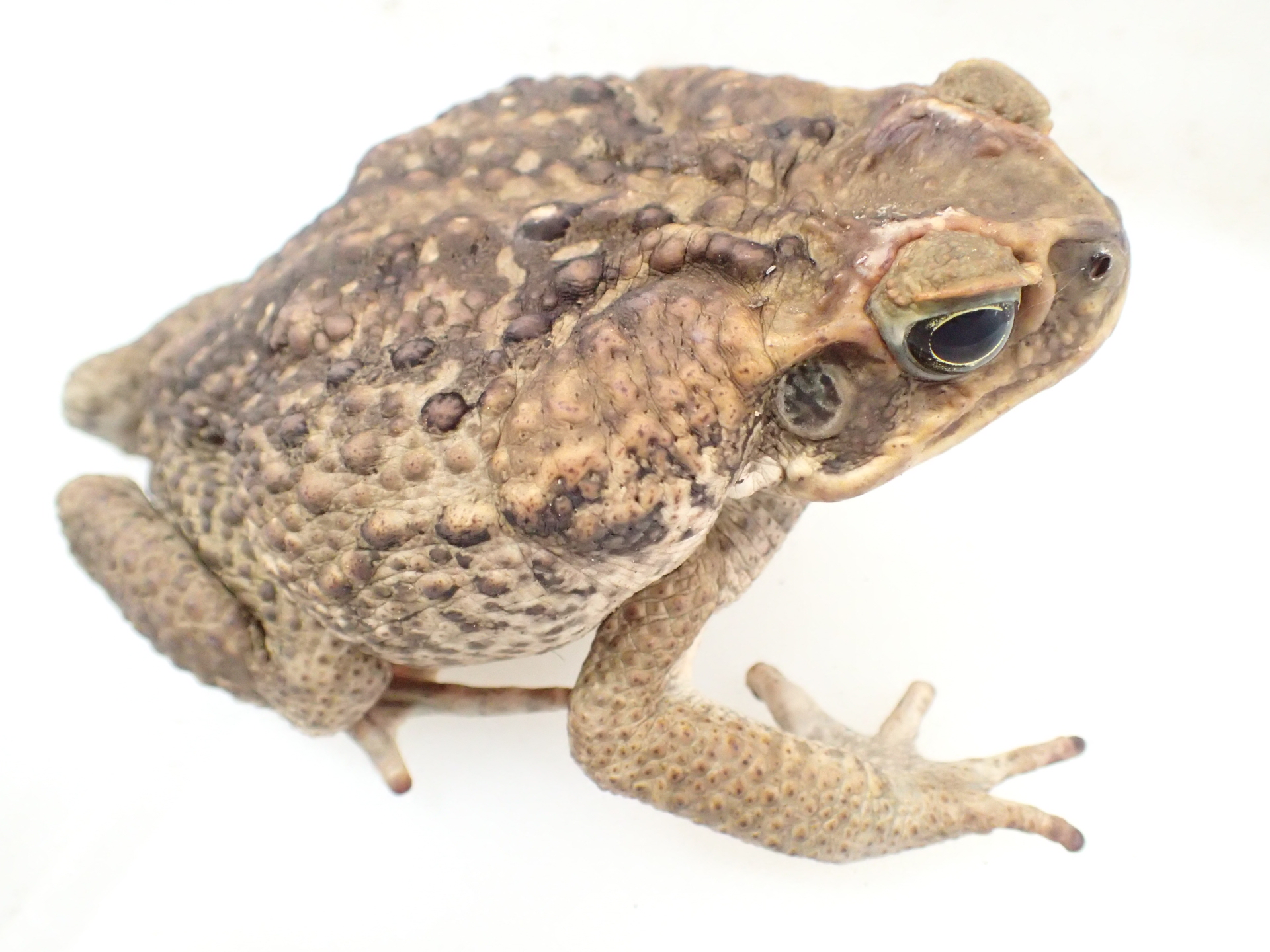
Initiative 5: Rescue of Injured and Sick Wildcats
We have been making efforts to treat and rehabilitate injured and sick Iriomote cats and then return them to nature. In April 2013, we rescued one debilitated wildcat and managed to release the recovered cat in May 2014.
For details, please go to: Discovery to protection, Recovery to release, Follow-up 1 and Follow-up 2.
The IWCC kept an Iriomote cat that had been rescued after a road accident in August 1996 in an outdoor cage. The cat was named Yon and a livestream that was used to monitor its condition was available for viewing at our center. Yon died on April 9th, 2011. The center makes available a DVD called “I am Yon” that introduces the ecology and behavior of Iriomote cats and various problems surrounding them. Yon has become a stuffed specimen allowing visitors a chance to view an Iriomote cat that they are very unlikely to have in a natural setting.
Did you know…
We have the following programs to deepen people’s understanding of Iriomote cats and to protect them and the natural environment of the island.
◆ Campaign to prevent road accidents involving Iriomote cats
For details, please see blog entries of August 2013 and November 2013.
◆ Iriomote-cat viewing events (mainly in winter)
◆ Occasional educational visits to schools
◆ Guided exhibition tour (on prior request)
Say hello to Māya!
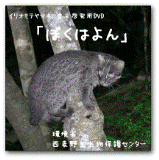
Initiative 6: Media and PR
A Regular Feature in Monthly Magazine Yaima
In an attempt to inform everyone in the Yaeyama region about creatures on Iriomote Island, we have run a feature article series in Nanzansha’s monthly magazine Yaima since 2017. Māya (the IWCC mascot character) introduces the creatures that can be encountered on the island. If you are interested, please get a copy at a bookstore near you.
A Regular Feature in Newletter of Taketomi Town
From December 2006 to 2016, in order to inform everyone of Taketomi Town about the latest wildcat information, we ran a feature article series called “What’s New with Iriomote Cats” (イリオモテヤマネコは今) in the town’s monthly newsletter. You can read the articles on Taketomi Town’s website (link below). Since 2015, the title has been “Nature of Iriomote (News from Iriomote Wildlife Conservation Center)” (西表の自然〔野生センター便り〕).

